Think your cat’s meows, chirps, and purrs are just random nonsense? Then you may need to think again.
In fact, all these sounds that cats make are giving you information about their world and how they feel towards you. The good news is that if you listen closely, you can begin to understand what the sounds your cat is making and use that awareness to your advantage.
Among pets when cats are with birds the widest range of voiceovers has. While they are best known for their meows, purrs, hisses, and growls, the list of sounds they regularly make is more extensive than that. Depending on the situation, your cat may make many different expressions, with multiple nuanced variations of each depending on their importance. Some reflect contentment and comfort, while others reveal anxiety, fear, or even anger. Yet all your cat your emotional mood indicator.
Types of meows of cats and their meanings:
- Meow
- Pur
- Peek
- Babbling
- Hissing
- Howl
- angry cat sound
- Scream
- Wheezing and grunting
RELATED NEWS
Some Are Endangered: Beautiful Cat Species Living in Turkey
The most common cat sound: meowing
Maybe most frequently heard cat sound. The meow of an adult cat is often used to communicate with humans, not other cats. This juvenile sound, first uttered by kittens when they need their mother, fades as feral cats mature. However, since domestic cats tend to see themselves as our eternal offspring, they retain this lovable vocalization throughout their adult lives. In general, a meowing cat access to interest, food, or something whether … or. Sometimes a cat’s meow is simply to say “welcome home”.
Sometimes the cat meows, loneliness and even sickness can express. Older cats often meow more because of their reduced senses or anxiety about not being as agile as they used to be. In younger cats, the meow is often shortened to an interrogative “meow” that occurs when alone or hungry. And the frequency of meowing is an indicator of a cat’s mood. His constant meowing quickly may mean he wants attention.
A longer, sadder meow may indicate anxiety, distress, or an objection to something. This version will usually have a more guttural sound, as if saying “come on, come on”. And incessant meowing may indicate illness or injury; If you suspect this, you may want to consider going to the vet.
RELATED NEWS
10 Things Everyone Should Know About Cat Care
Indicator of pleasant mood: purr

cat sounds maybe most enjoyable and hypnotic The purr is a soft, deep, throaty sound that your cat usually makes when she’s in her best mood. Gently stroking your cat as she settles into your lap is a surefire way to set off that blissful mood.
In rare cases, your cat is due to something. when it’s restless purring may occur. It’s like singing to relieve your stress while you’re nervously waiting for something. The key to distinguishing this “worry murmur” is body posture. If your cat’s ears are turned back and his body seems tense, the purr sound indicates he’s worried about something.
RELATED NEWS
Why Do Cats Want to Go Inside a Box When They See It?
Can be exciting or stimulating: Chirp

It’s like this bird that cats learn as kittens. chirping soundsis a little more descriptive than meowing. Originally used by their mother to tell kittens to watch out and follow her, this sound may also be something your cat is saying against you because she wants you to be careful about something. It can also make chirping sounds when a cat is excited and happy.
RELATED NEWS
Don’t Eyes When You Want to Make Eyebrows: Why You Shouldn’t Give Salami to Cats?
The result of the hunting instinct: Chattering
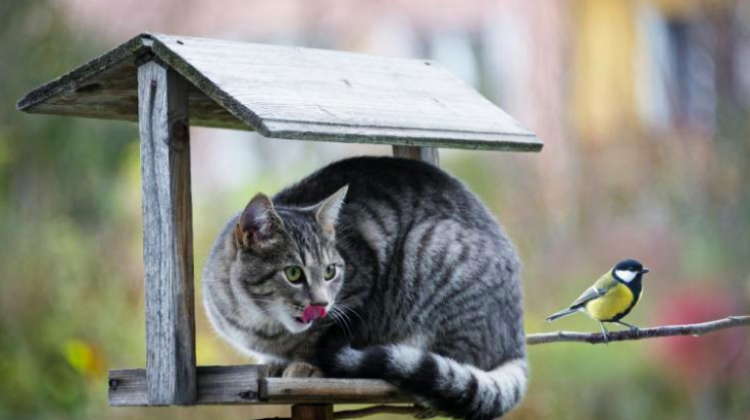
You may have heard your cat grit its teeth while staring longingly at a sparrow or a squirrel in a tree. Chattering, sometimes accompanied by a chirping, squeaking, or soft cry, the predatory excitement of a cat, and a lack of reward an indicator of stress is thought to be. Some say that babbling is actually a bird imitation or rodent call claims to be, but this is anecdotal sound at best. Because the hunting skills of cats are revealed in silence and secrecy.
RELATED NEWS
The Breed Cats You Take As Cute Actually Live With Diseases Because They Have Difficulty In Incest (Purchase, Adopt)
You can hear this sound if under threatening elements: Hissing
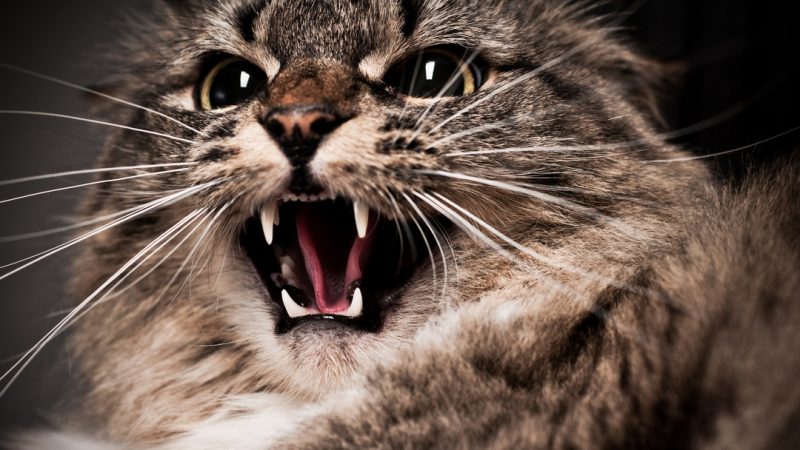
It’s impossible to confuse the purpose of a cat’s hissing. This sound, reminiscent of meat sizzling on the grill, under threat feel and if necessary ready to fight means it is. A big, goofy dog that gets too friendly with your cat will definitely provoke your cat by producing a hiss and maybe more. Along with this threatening sound comes a whole host of changes in a cat’s body language including an arched back, fluffy coat, twitching tail, flattened ears and open mouth, teeth ready to strike. Hissing can also occur with a spit. When your cat takes on this snake-like disguise, back off and do your best to eliminate the perceived threat.
hissing, cat individual perception and comfort level. it depends a lot. While some friendly, extroverted cats may hardly hiss at all, a more shy, introverted cat will turn to him when he’s not happy with a situation. Abused, stray or feral cats are much more likely to go into “hissing mode” than a social pet.
You should definitely find out why your cat is doing it for her peace of mind: Howling
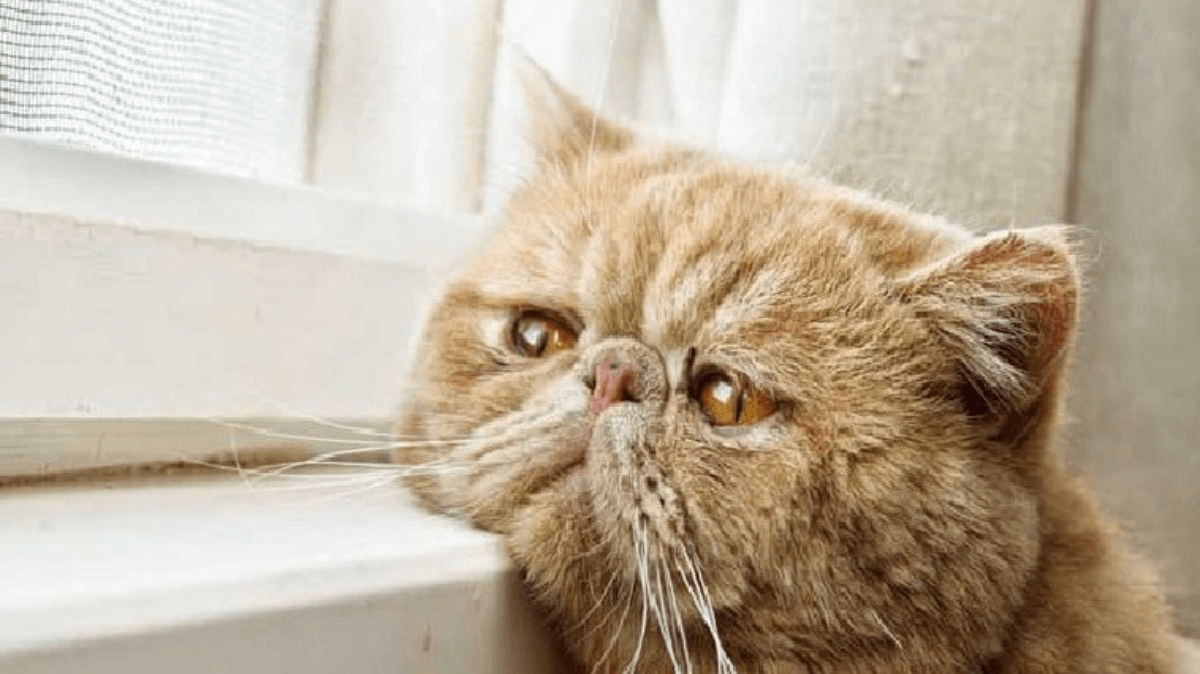
Unlike the reasonably happy sound of a meow, howling; anxiety, discomfort, or mating problems It is a longer moan that expresses. It is usually a cat-to-cat communication; It can mean “I want to mate” or “I don’t want you to come to my house”. It can also happen when a cat isn’t feeling well, has reduced senses or cognitive functions, or doesn’t like something around it (perhaps a new cat). It can also be seen in cats that have moved to new areas or adopted into a new home, while some cats may just howl out of boredom.
If your cat starts howling constantly, observe for signs of illness and contact your veterinarian. Invading your cat’s territory another cat it could be. In some cases, stray or feral cats may need to be trapped, neutered, and accepted into a possible home. Make sure your cat has plenty of toys and enough attention from you. Sometimes all it takes to end a howl is an extra game session each day.
The sound you can hear most in the age of anger: Angry Cat Sound
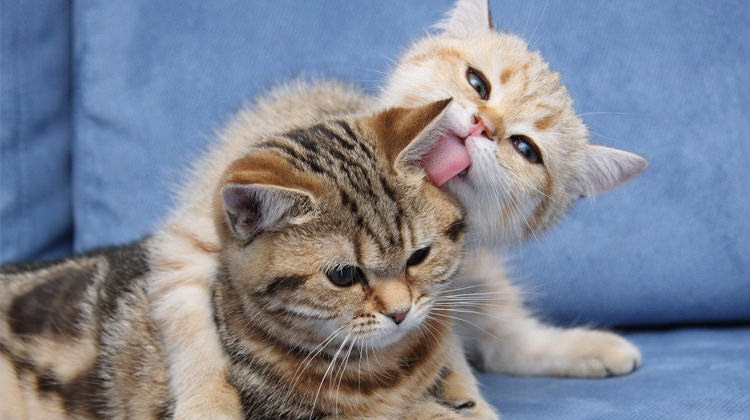
females in heat This version of the short, mournful, hollow-voiced howl, sung by A.S. when addressing prospective spouses, produces an almost “ah”-like sound. At the time of this noise, the unneutered female will most likely do her best to reunite with any male cats she wants.
If you can hear this sound, it is better not to approach the cat: Screaming.
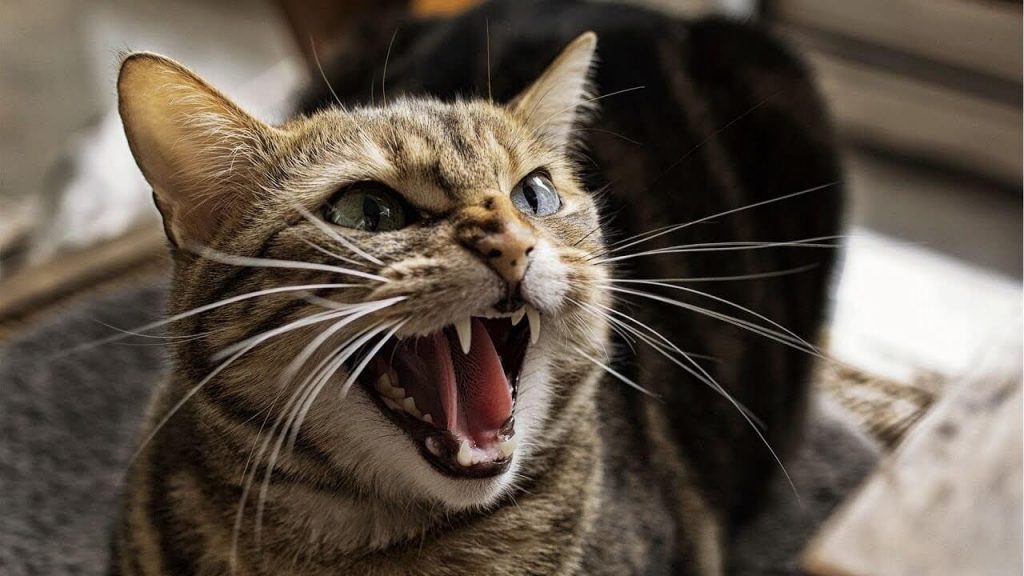
If the unneutered female is outside, the meal service will attract a male and mating will definitely occur on top of that. The male initiates the mating process by biting his neck. an upside down position called lordosis will take. When the male’s serrated penis is removed, it causes pain in the female and causes a blood-curdling scream. Cats in the middle of a fight can also scream. These primal cries are usually followed by a long, ominous howl, and often end with a devastating claw slap or a bite.
RELATED NEWS
Why Do Cats Shake Their Butts Like Twerk Before They Move Forward?
Indicator of territorial threat: Wheezing and grumbling

Often accompanied by hissing, fear, anger, or territorial threat A wheezing or grunting sound may appear as an indication of Unlike those of larger cats such as tigers and lions, the domestic cat’s growl or grunt is higher pitched and may begin or end with a howl. In general, do not approach the cat unless it is in imminent danger from another cat. Like a snarling or grunting cat, fluffy fur, arched back classic defensive posture will have.
